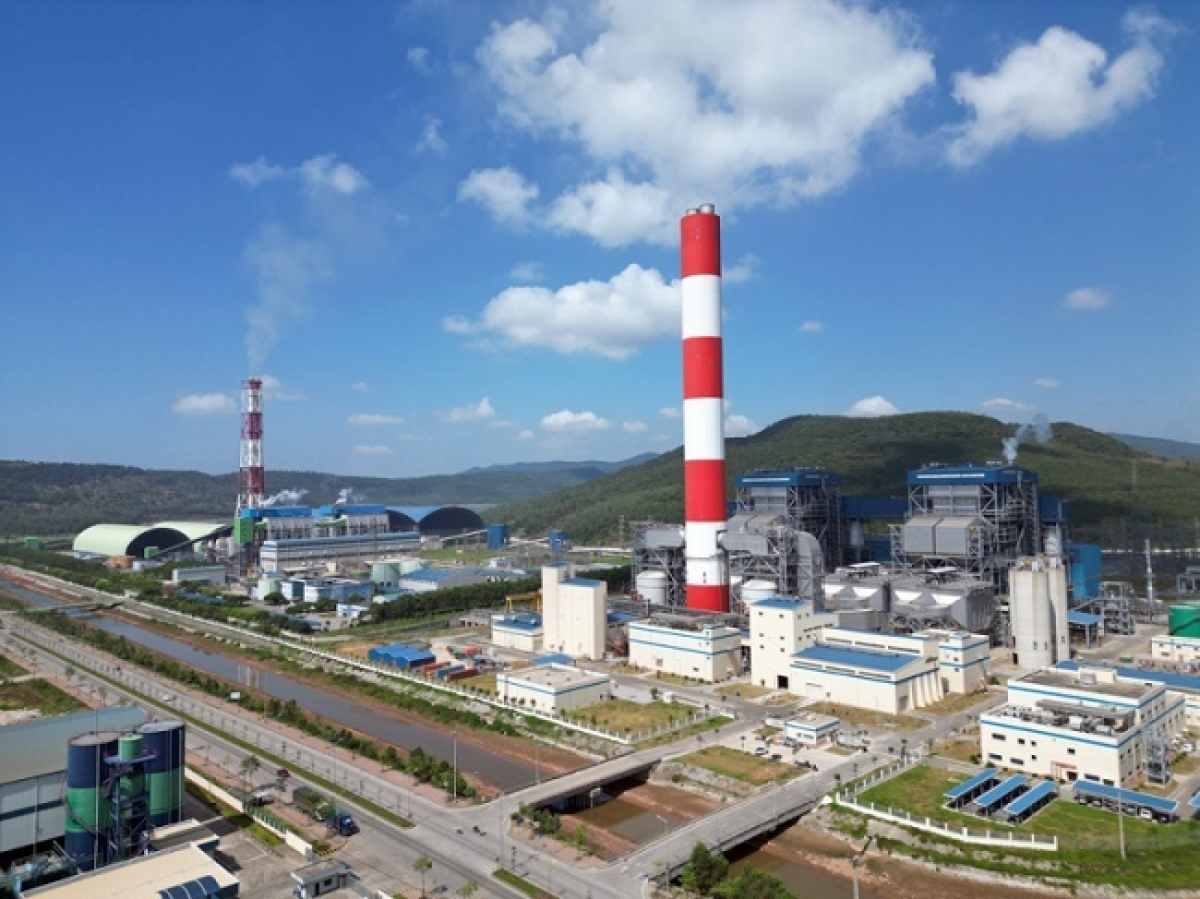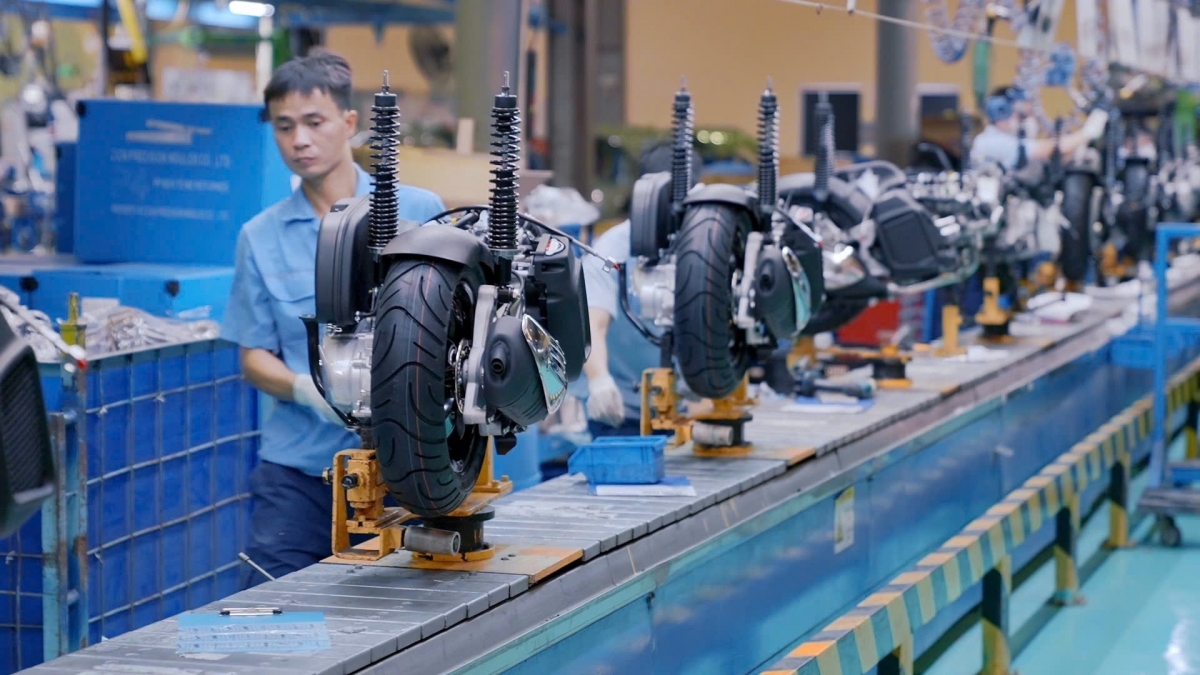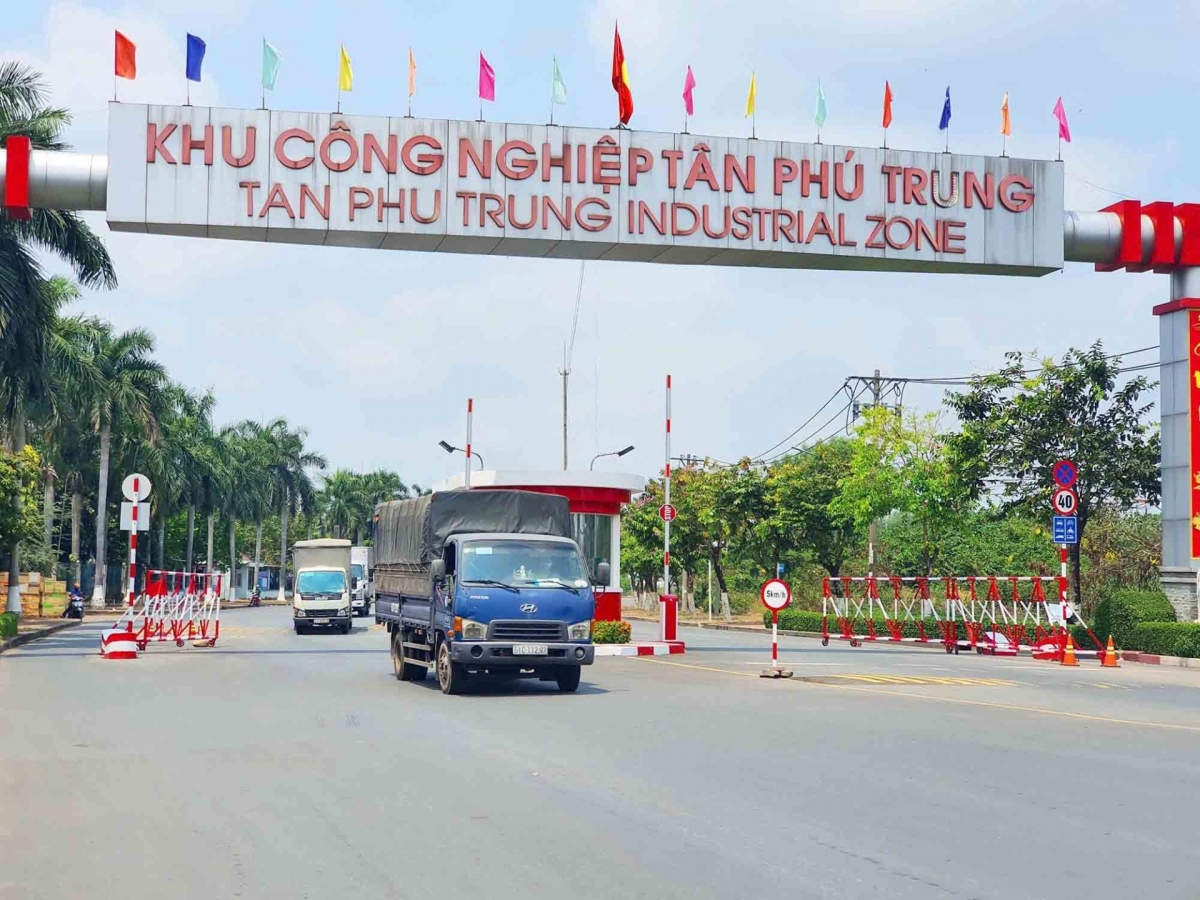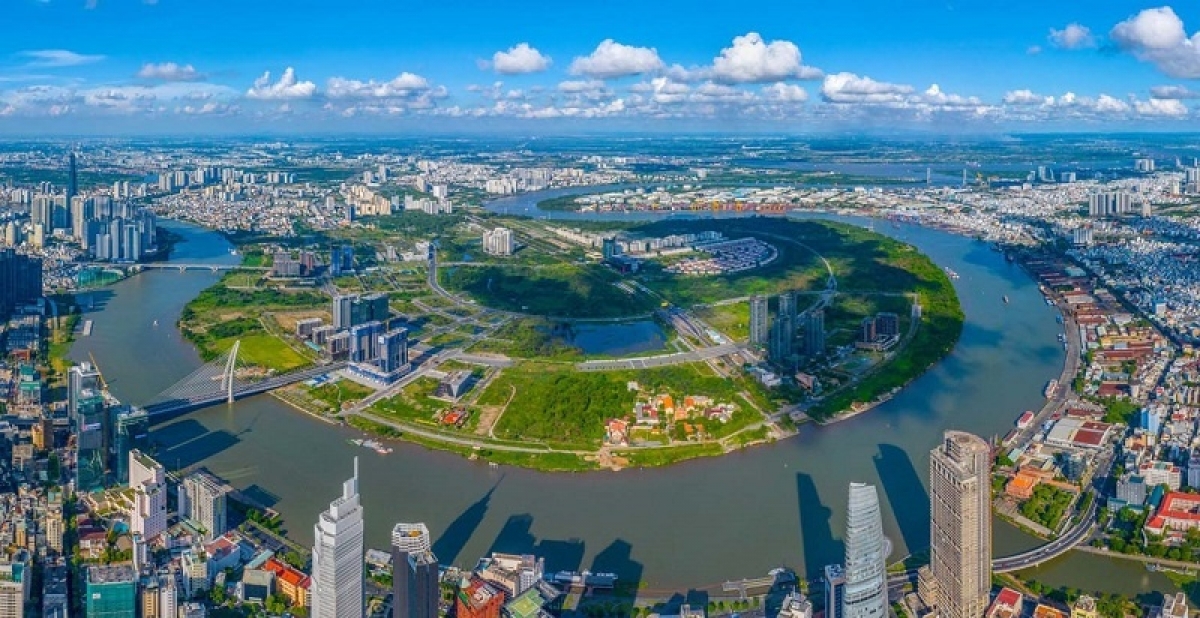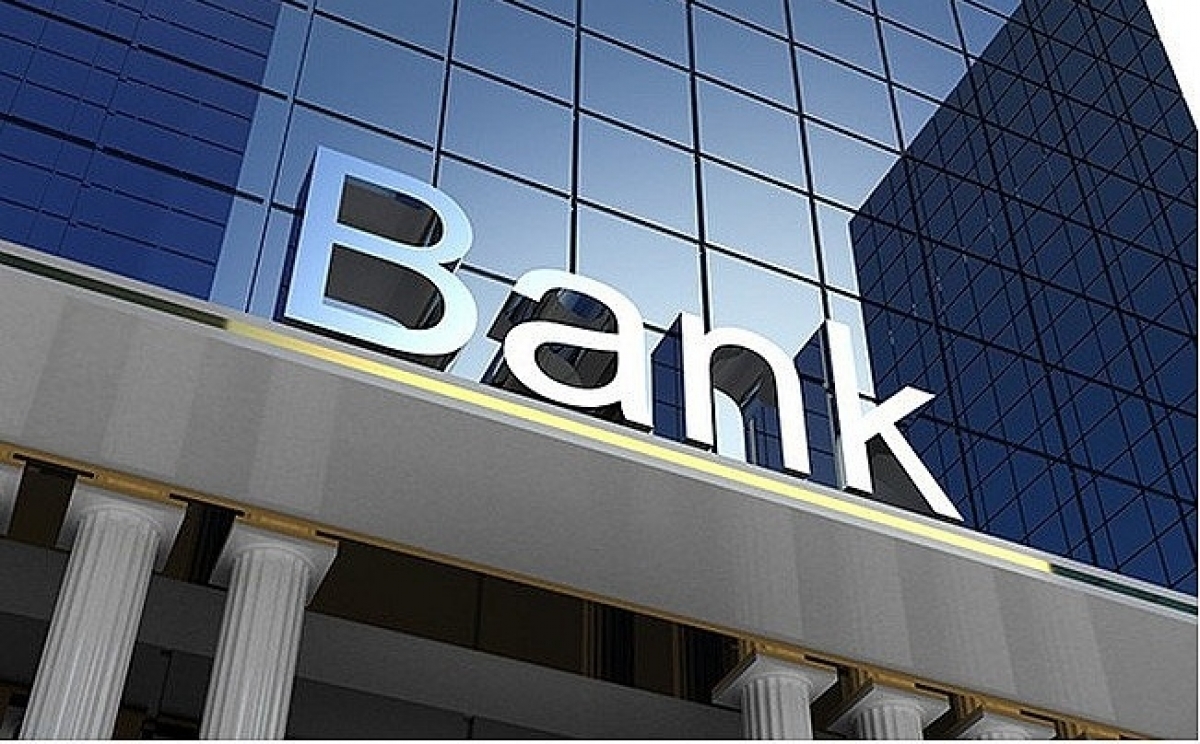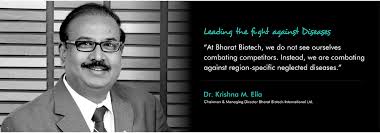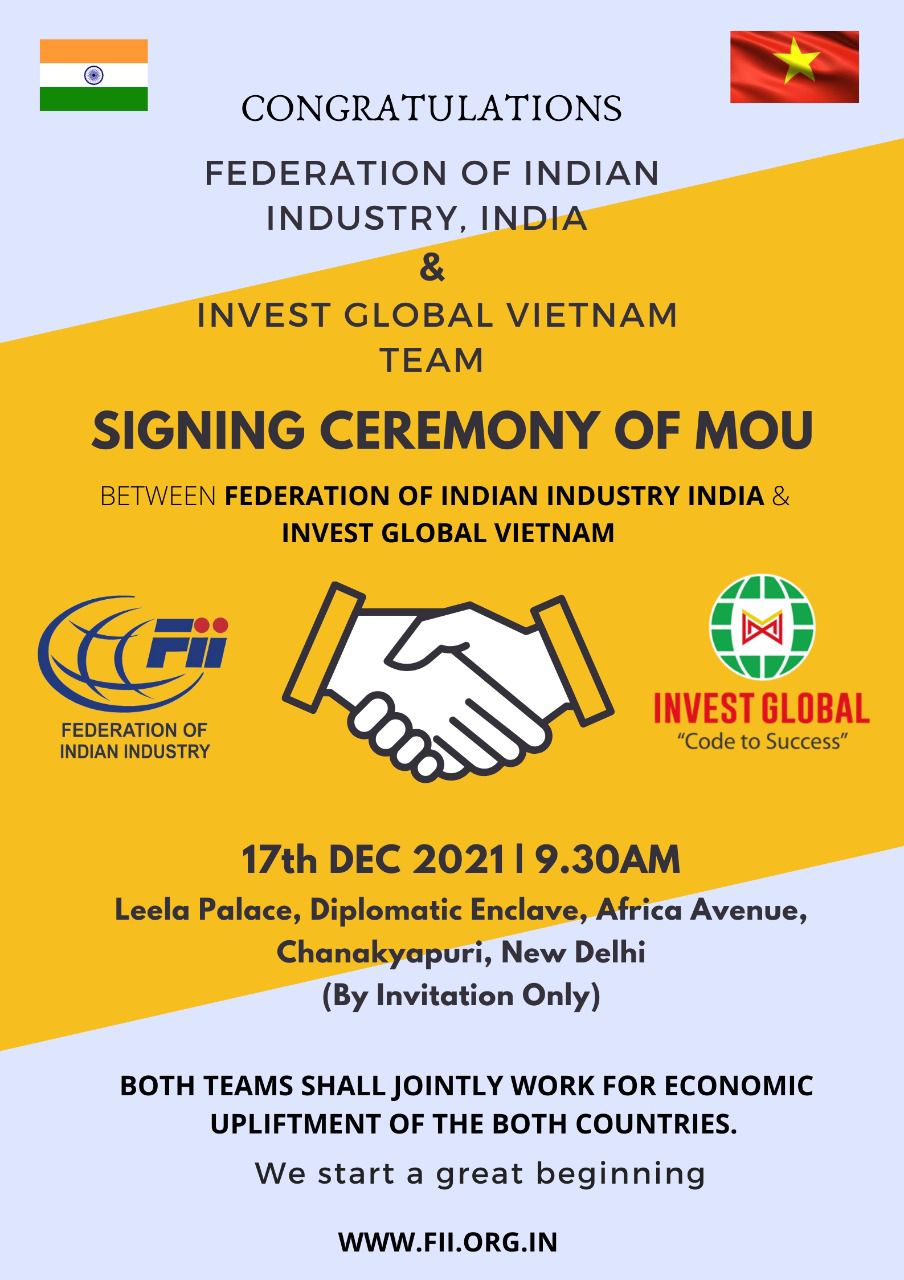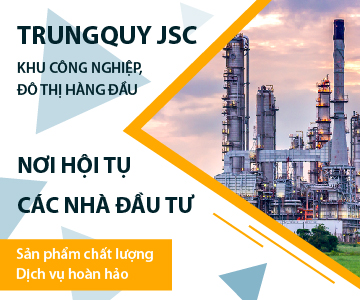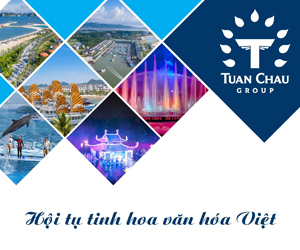INTERNATIONAL INVESTMENT
AND PORTAL
 Danang will serve as a testing ground for emerging financial technologies, Photo: Hoang Thuy
Danang will serve as a testing ground for emerging financial technologies, Photo: Hoang Thuy
September 1 marked the kick-off date for establishing an international financial centre (IFC) in Vietnam legally, creating a critical framework for the development of the country’s IFC while also underscoring the urgent need for concrete, swift, and effective actions from the designated localities entrusted with this mission.
The move sets forth a “one centre, two destinations” model for IFC development, with Ho Chi Minh City positioned as the primary large-scale hub and Danang assigned a specialised role designed to complement rather than duplicate or directly compete with each other.
Under this, Ho Chi Minh City will focus on attracting deep capital flows, including equities, bonds, investment banking services, and asset management funds, whereas Danang will cultivate niche markets leveraging advantages in seaports, airports, the East-West economic corridor, and coastal industries.
From August 28 to 30, the Danang Finance and Tech Week 2025 took place, co-organised by Danang People’s Committee and the Central Policy and Strategy Commission.
At the event, Dr. Jochen Biedermann, managing director of the World Alliance of International Financial Centres (WAIFC), said that alongside a coordinated approach and close collaboration between Danang and Ho Chi Minh City, it is essential to maintain healthy competition between the two cities.
“Vietnam has every opportunity to develop multiple IFCs in parallel,” he said. “Global experience shows that countries such as China, the US, the UAE, Japan, and Australia have successfully built specialised IFCs, with medium-sized and smaller cities often serving as sources of innovation, cost efficiency, and flexible working environments.”
According to Biedermann, Vietnam needs capital inflows to finance growth, but developing domestic capabilities is the decisive factor in building a sustainable financial ecosystem.
“China’s experience illustrates this point: while foreign capital initially flowed through Hong Kong, the true driving force of its financial system came from domestic institutions such as Tencent, Ant, and the domestic banking network, which helped expand inclusive finance to rural areas,” Biedermann added.
Philip J. Weights, co-president of the Swiss FinTech Association, noted that Ho Chi Minh City will focus on developing the capital, banking, and currency markets while overseeing sandboxes for financial innovation.
“Meanwhile, Danang will serve as a testing ground and deployment base for emerging financial technologies, including green finance, AI, blockchain, and digital services. The city is planning to establish a dedicated fintech zone near the Thuan Phuoc Bridge,” Weights said. “Both cities will coordinate strategically, sharing infrastructure and talent to achieve national goals.”
Weights also presented recommendations which include joining the WAIFC, signing MoUs with financial regulators, establishing directors’ institutes and governance institutes similar to Dubai’s model, and creating an advisory council.
Tran Long, deputy CEO of BIDV, stressed that development finance requires effective execution tools to address gaps in public budgets and mobilise private capital.
“The solutions lie in stronger mobilisation of international funding sources such as the World Bank, International Monetary Fund, and Asian Development Bank, while expansion of green capital markets, administrative reforms, improved transparency, and developing a workforce that meets global standards,” he said.
In mid-August, the Saigon Marina IFC Tower, funded by HDBank, was inaugurated, marking a major milestone as the nucleus of an integrated financial ecosystem that interconnects asset management, fintech, commodity trading, and supply chain logistics.
By late August, Ho Chi Minh City also launched a unique shared infrastructure model. Part of the Startup & Innovation Hub in the city is being used as temporary headquarters for the IFC, creating a link between international finance and the city’s innovation ecosystem.
“This will connect Ho Chi Minh City’s innovation ecosystem, linking startups with one another, as well as with venture funds, leading tech enterprises, government regulators, and domestic and foreign businesses,” said Lam Dinh Thang, director of the Ho Chi Minh City Department of Science and Technology. “With the IFC here, startups, particularly in fintech, will gain easier access to global investors and partners.”
While Ho Chi Minh City focuses on building a comprehensive financial ecosystem, Danang is emerging as a hub for financial innovation.
“For both Vietnam and Danang, seizing opportunities in three sectors of finance, technology, and semiconductors is particularly significant. As major global financial centres reshape their development models based on innovation and technology adoption, Danang possesses advantages in location, infrastructure, human capital, and policy orientation to become a new growth pole for central Vietnam and the country,” said Nguyen Van Quang, who is the Danang Party Secretary.
Speaking at the Vietnam Finance Forum in Danang on August 28, Deputy Minister of Finance Nguyen Thi Bich Ngoc said that a key element in the strategy to develop the IFC in Danang is its close integration with the city’s free trade zone.
“To enhance the traction of the IFC in Danang, it is essential to position the city within the broader cluster of economic growth drivers in central Vietnam,” said Deputy Minister Ngoc. “This region is emerging with multiple industrial-service satellites, including the Chu Lai-Truong Hai automotive complex, the Dung Quat heavy industry hub, coastal economic zones, aquaculture centres, and more.”
Urban and administrative planning in Danang is being expanded, and the city is preparing to submit a dedicated policy framework for its free trade zone to the National Assembly, she added.
However, Ngoc stressed that such a framework should not rely on blanket incentives, but rather adopt a selective, transparent, and in-depth approach. “Incentives should not be spread thinly, but concentrated in the right sectors and areas. Only then can Danang establish a financial centre with its own distinctive identity,” she said.


